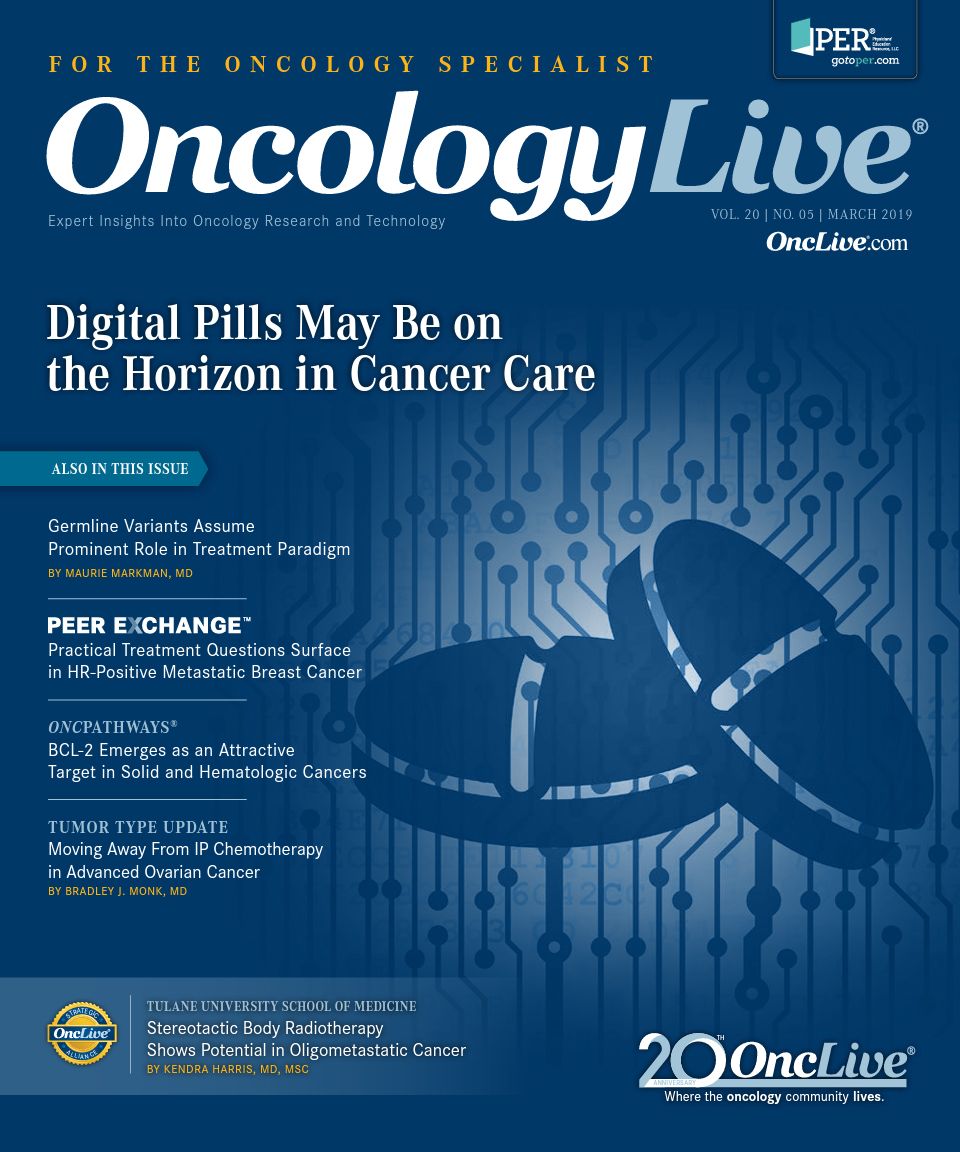Publication
Article
Oncology Live®
NCCN Guidelines Gain Traction Around the Globe
Author(s):
Global use of cancer management guidelines from the National Comprehensive Cancer Network has climbed rapidly in recent years.
Robert W. Carlson, MD, CEO of NCCN
Figure 1. Downloads of NCCN Guidelines up More Than 600% Since 2006
Global use of cancer management guidelines from the National Comprehensive Cancer Network (NCCN) has climbed rapidly in recent years. A release from the NCCN, whose members include 28 high-ranking academic cancer centers, indicated that downloads of the guidelines exceeded 10 million in 2018, up 26% from 2017 (Figure 1). Downloads have grown rapidly since 2006, when they measured 1.4 million. The guidelines provide regularly updated consensus recommendations for healthcare providers on how to treat and manage cancers responsible for 97% or more of all cancer diagnoses, according to the NCCN. Having an NCCN guideline consult incorporated into a treatment plan is like getting a second opinion from the world’s top experts on cancer, said Timothy J. Eberlein, MD, chair of the NCCN Board of Directors, in a release.
The NCCN speculated that regular updates to treatment guidance for specific tumor types have contributed to the rising number of downloads. For example, guidelines for breast cancer and non—small cell lung cancer (NSCLC) were downloaded more than 600,000 and 400,000 times in 2018, respectively. During that same period, the breast cancer guidelines were updated 4 times and the NSCLC guidelines were updated 6 times. “Wherever there are important new research data or treatment approvals, the relevant NCCN panels of experts will review the evidence and make their recommendations,” said Robert W. Carlson, MD, chief executive officer of the NCCN.
Figure 2. Global Use of NCCN Guidelines by Annual Downloads
The NCCN also increases the resources it makes available to the provider community. In 2018, these resources increased 13% with the release of guidance on managing immunotherapy-related toxicities, cancer in individuals living with HIV, uveal melanoma, gestational trophoblastic neoplasia, and systemic mastocytosis. Also in 2018, the NCCN adapted guidelines to improve its practical value for practitioners in low- and middle- income countries. There are now 19 NCCN Harmonized Guidelines for sub-Saharan Africa and 7 for the Carribean. These guidelines include information on how to achieve best results for multiple cancers despite possible limited resources, while providing a pathway for future development of cancer care systems.
Nearly half of the more than 1 million verified users on the NCCN system come from outside the United States, according to Carlson (Figure 2).
New guidelines set to debut in 2019 include those for pediatric acute lymphoblastic leukemia, pediatric Burkitt lymphoma, small bowel adenocarcinoma, and hematopoietic cell transplantation.


























%20(2)%201-Recovered-Recovered-Recovered-Recovered-Recovered-Recovered-Recovered-Recovered-Recovered-Recovered-Recovered-Recovered-Recovered-Recovered-Recovered-Recovered-Recovered.jpg?fit=crop&auto=format)
%20(2)%201-Recovered-Recovered-Recovered-Recovered-Recovered-Recovered-Recovered-Recovered-Recovered-Recovered-Recovered-Recovered-Recovered-Recovered-Recovered-Recovered-Recovered.jpg?fit=crop&auto=format)
